I use a password manager on my PC and mobile devices. For me, it’s still the best, and really the only, way to juggle all the unique and complex passwords to my online accounts. I advise all website users to adopt a password manager for the same purpose. But if you don’t have a dedicated one and you already use Microsoft Authenticator for two-factor authentication, you can use this app to manage your passwords.
Microsoft Authenticator can generate, store, and apply passwords on websites through an autofill feature. Besides supporting iOS, iPadOS, and Android devices, the autofill option works in desktop versions of Google Chrome and Microsoft Edge through an extension.
If you need to download Microsoft Authenticator on your mobile device, get it for iOS, iPadOS, or Android. Open the app and tap the “Passwords” icon on the bottom toolbar. Your first task is to add your online account credentials. You can import them all at once from another browser or add them manually.
Import passwords from Chrome
To help you import them, a message will automatically appear asking if you already have passwords saved in other apps. Tap the message. If it does not appear, go to Settingsscroll down and select the setting for Import Passwords. Through this, you can import passwords from Google Chrome or from a CSV file. To go through Chrome, press the button to Import from Google Chrome. Follow the steps to perform this process in Chrome (Figure 1).
Figure 1
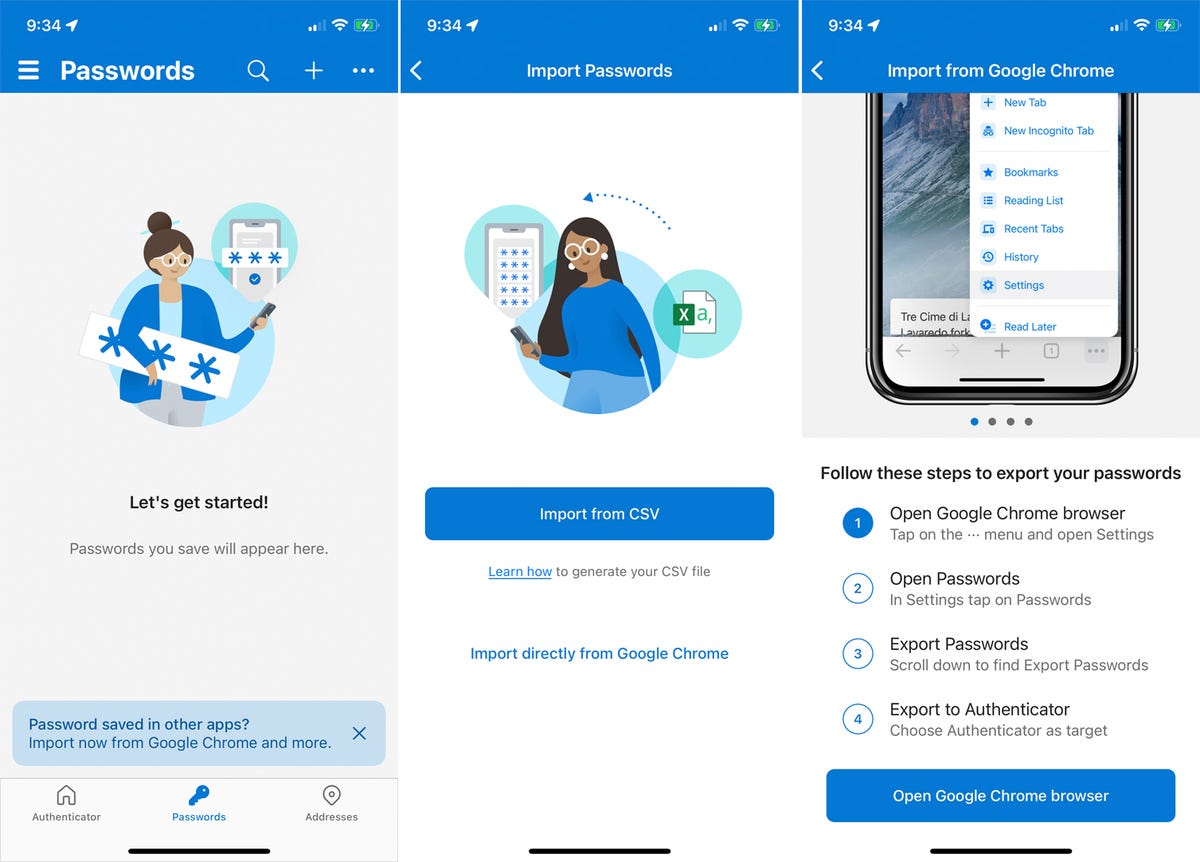
In Chrome on your mobile device, go to Settings > Passwords. Select option Export passwords. Press the button to Export passwords. On the iOS or Android sharing screen, choose Authenticator as the destination. You are returned to Microsoft Authenticator where the imported passwords appear (Figure 2).
Figure 2
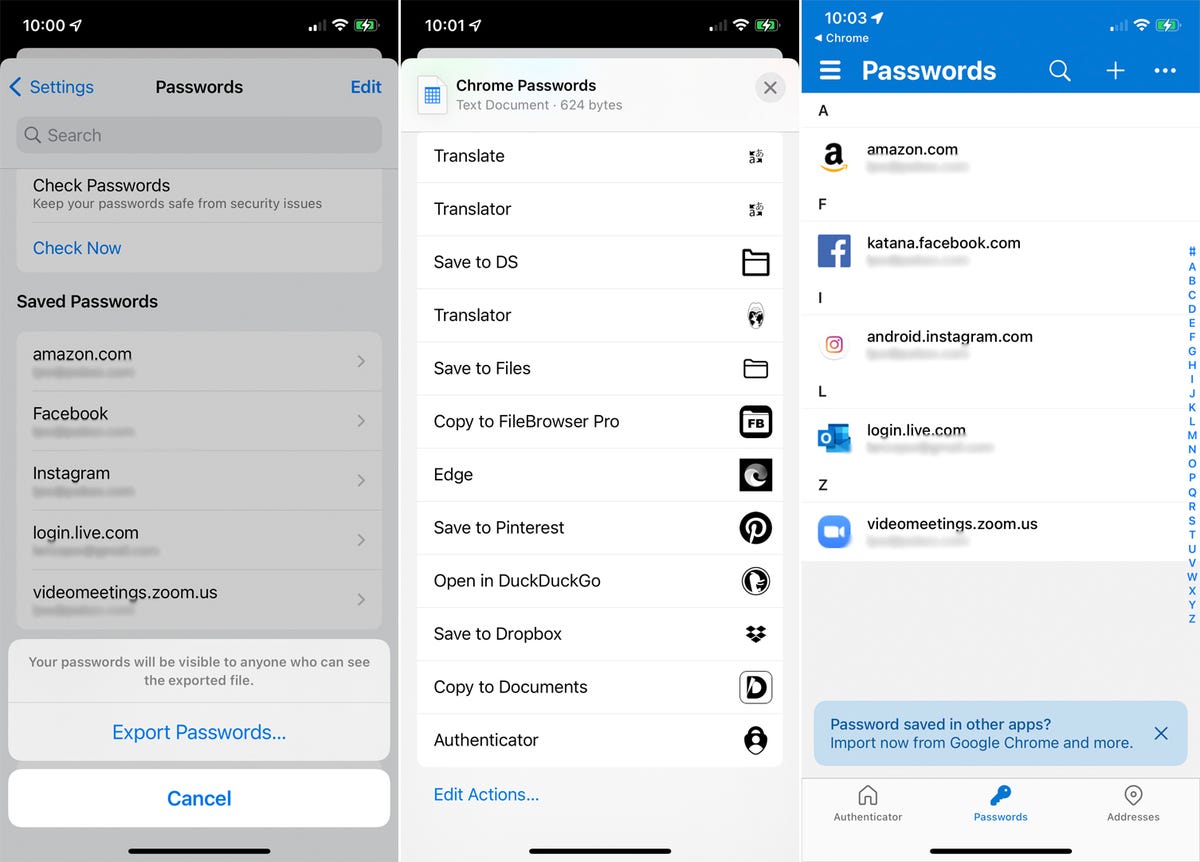
Import passwords from a CSV file
If you don’t use Chrome on your phone, or if most of your passwords are stored in another browser, you can import your credentials via a CSV file. To do this, you must first export your passwords from the browser of your choice in CSV format. The specific steps for doing this vary by browser. Typically, however, you need to find the Passwords screen in your browser and look for a command to export logins or passwords. Choose CSV format.
Whether you export the passwords to your mobile device or PC, you will need to make the CSV file available for your phone, which you can do by copying it to a backup and sharing service, such as OneDrive, Google Drive or iCloud.
In the Microsoft Authenticator app, tap the message asking if you have saved passwords in other apps or go to Settings and select the parameter for Import Passwords. This time choose the option Import from CSV. Navigate to the online service and folder where you saved the CSV file and select it. Your imported passwords then appear (Figure 3).
Figure 3
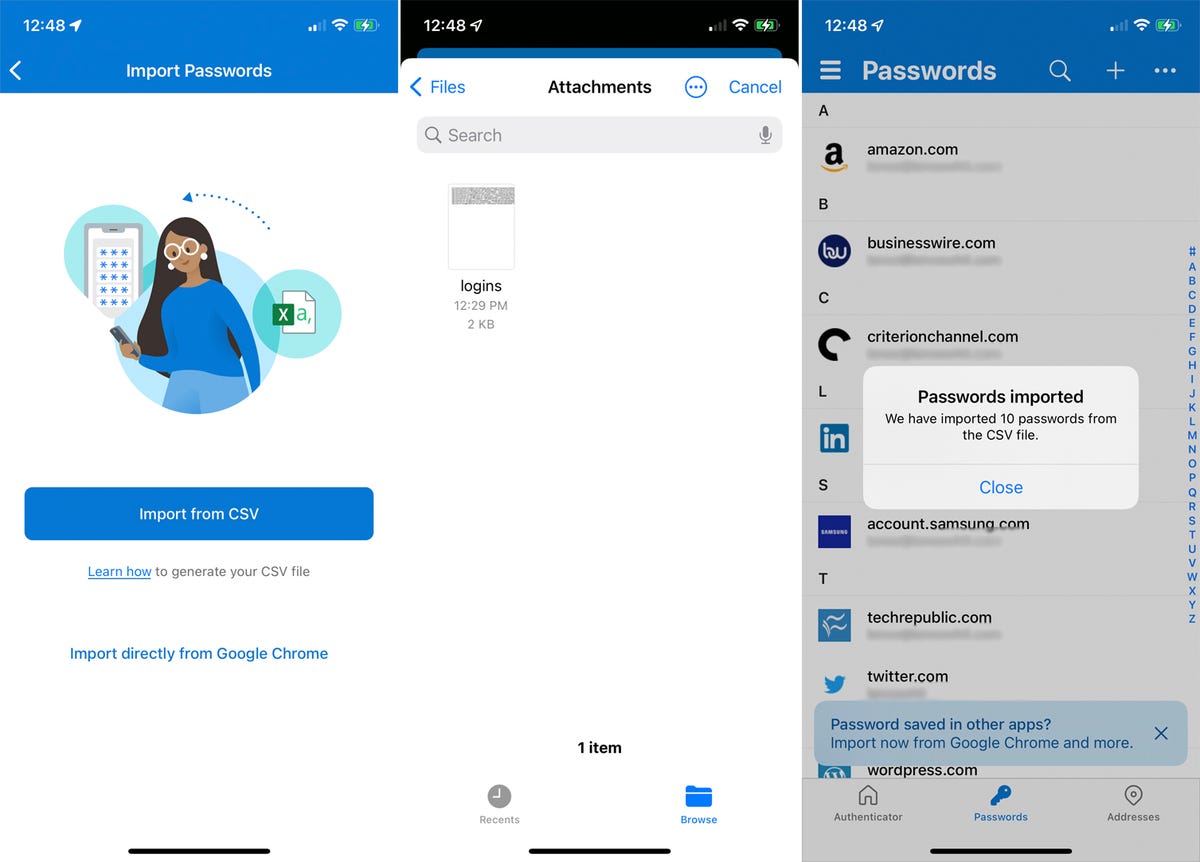
Manually add a password
Of course, you can also manually add a new account to the app. In the screen Passwordspress the sign + to add a password. Then enter the URL, username and password of the website account you want to add. When you are done, press Record (Figure 4).
Figure 4
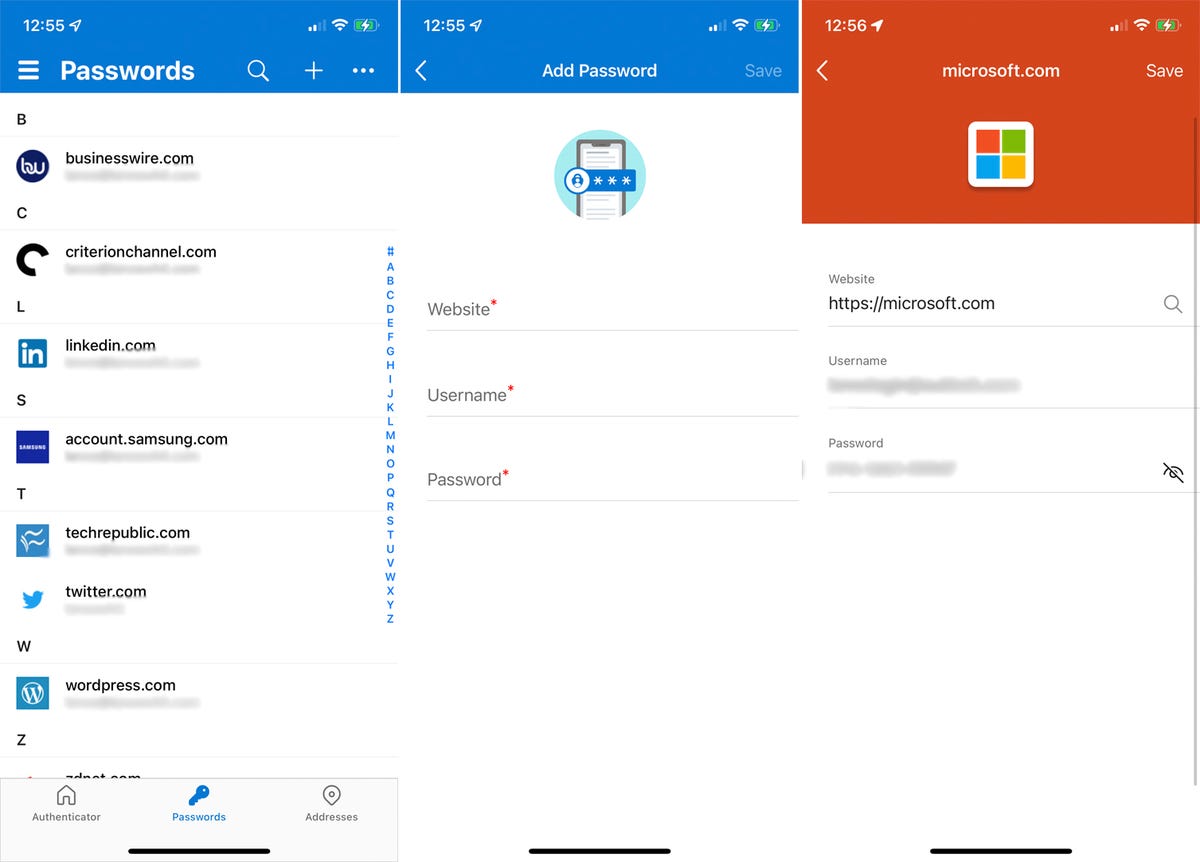
Generate password
Microsoft Authenticator can create a password for a new account or an existing account. In the iPhone app, tap the three-dot icon and select password generator. In the Android version, tap the icon + and select Generate password. Touch the link Customize Password to set password complexity and length, choosing to include or exclude letters, numbers, and special characters. Tap the refresh icon to generate a different password. When you are done, press the button Copy password to paste it elsewhere. Alternatively, tap the disk icon to use the password in a new account you want to add to the app (Figure 5).
Figure 5
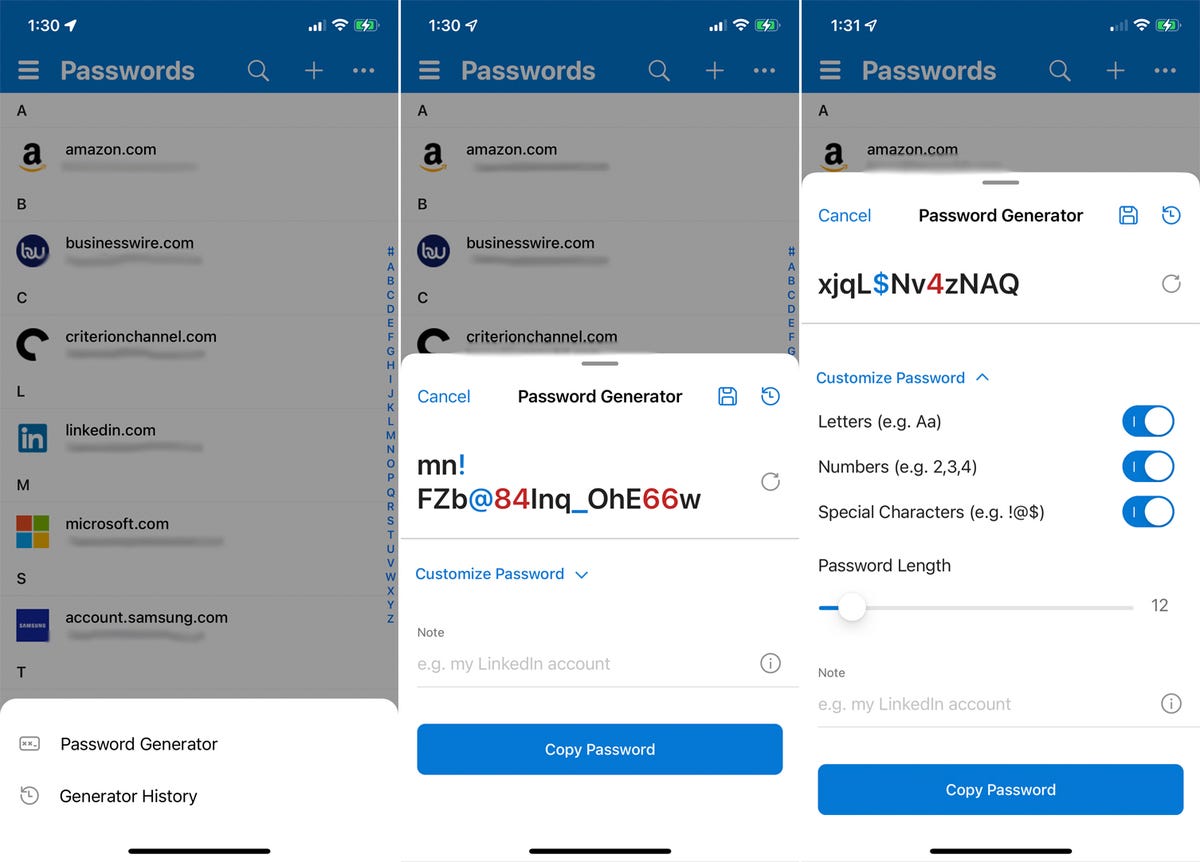
Use autofill
The Authenticator app will autofill your username and password for registered online accounts. But first, you need to enable this feature.
On an iPhone, go to Settings > Passwords > Prefill passwords. Enable the slider for password autofill and select Authenticator to make it the default autofill app. Also uncheck all other apps from the autofill list.
On an Android phone, go to Settings in the Authenticator app. Turn on the switches for Set as autofill provider and Autofill on more apps and sites (Figure 6).
Figure 6
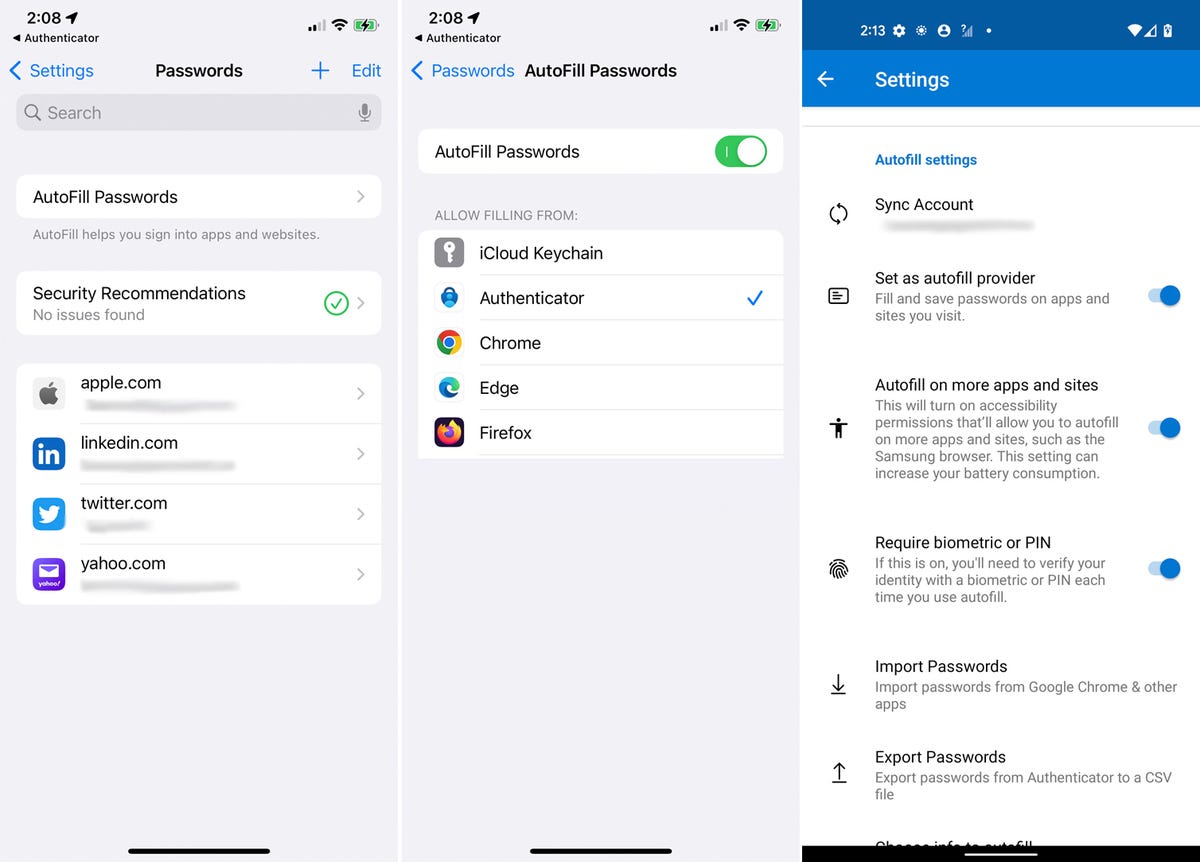
On an iPhone, autofill from third-party apps like Microsoft Authenticator only works with Safari. But you can also use it with any application for which you need to log in. Open Safari and navigate to one of the websites or open one of the apps where your credentials are stored in the Authenticator app. Tap the username field. In some cases, a button for Authenticator will display your correct name. If so, press this button. Tap the password field, then tap your account name button (Picture 7).
Picture 7
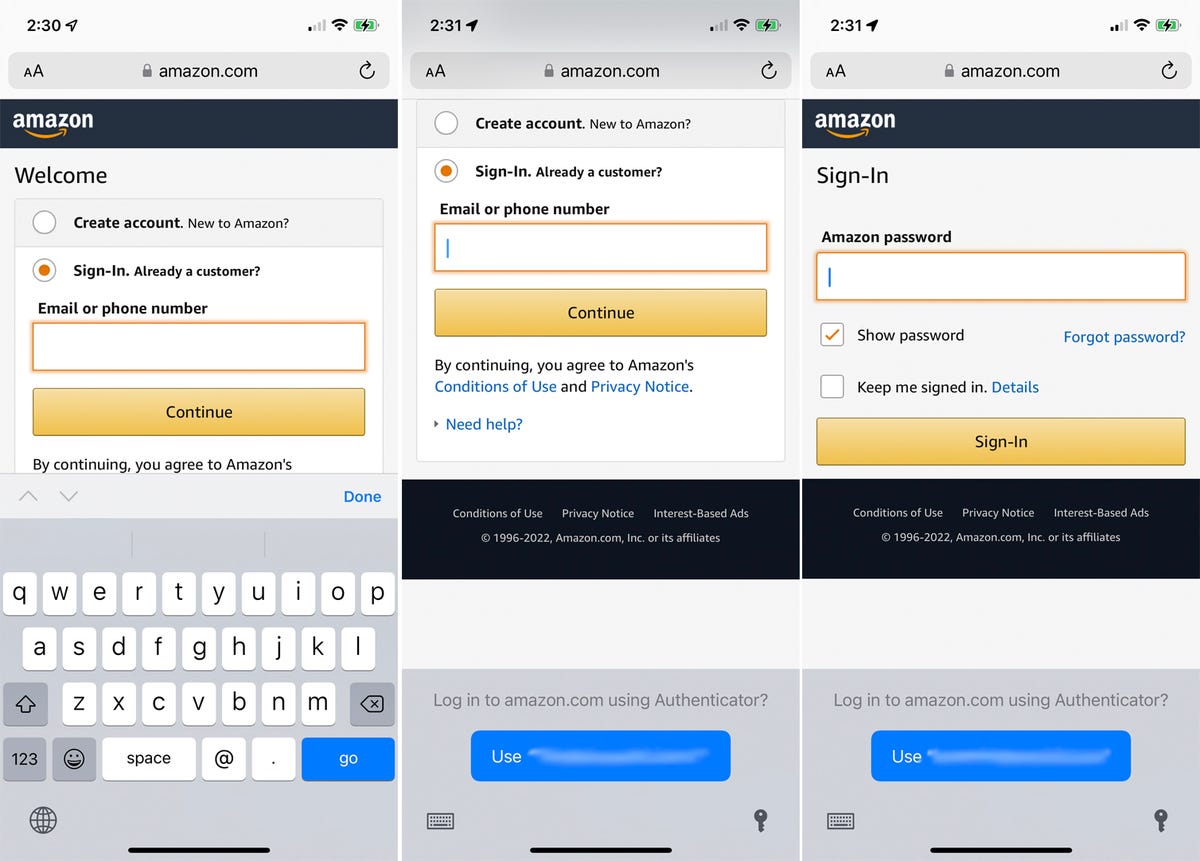
In other cases, a key icon appears just above the keyboard. Tap this icon, and the Authenticator app displays the account. Select your account name in the app. The user name and password fields are then filled in. Push the button To log in and you are logged in to the site or application (Figure 8).
Figure 8
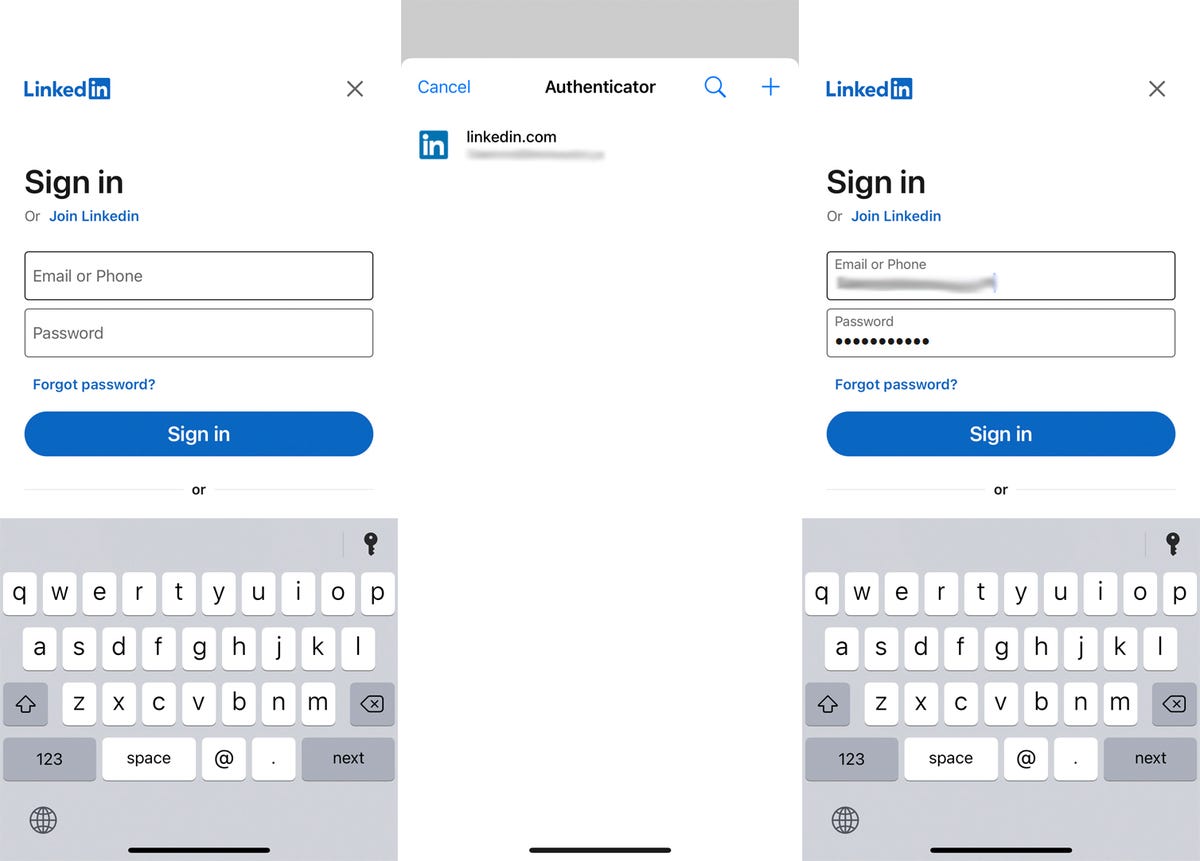
On an Android phone, the autofill process is similar to that of the iPhone. Open your favorite browser or a specific application. Tap the username field, and the Authenticator app account name will appear above or below the field. Tap that name. For the password field, the account name appears above the keyboard. Tap that name, then sign in to the Authenticator app. The username and password fields must be filled in, which allows you to log in to the site or application (Figure 9).
Figure 9
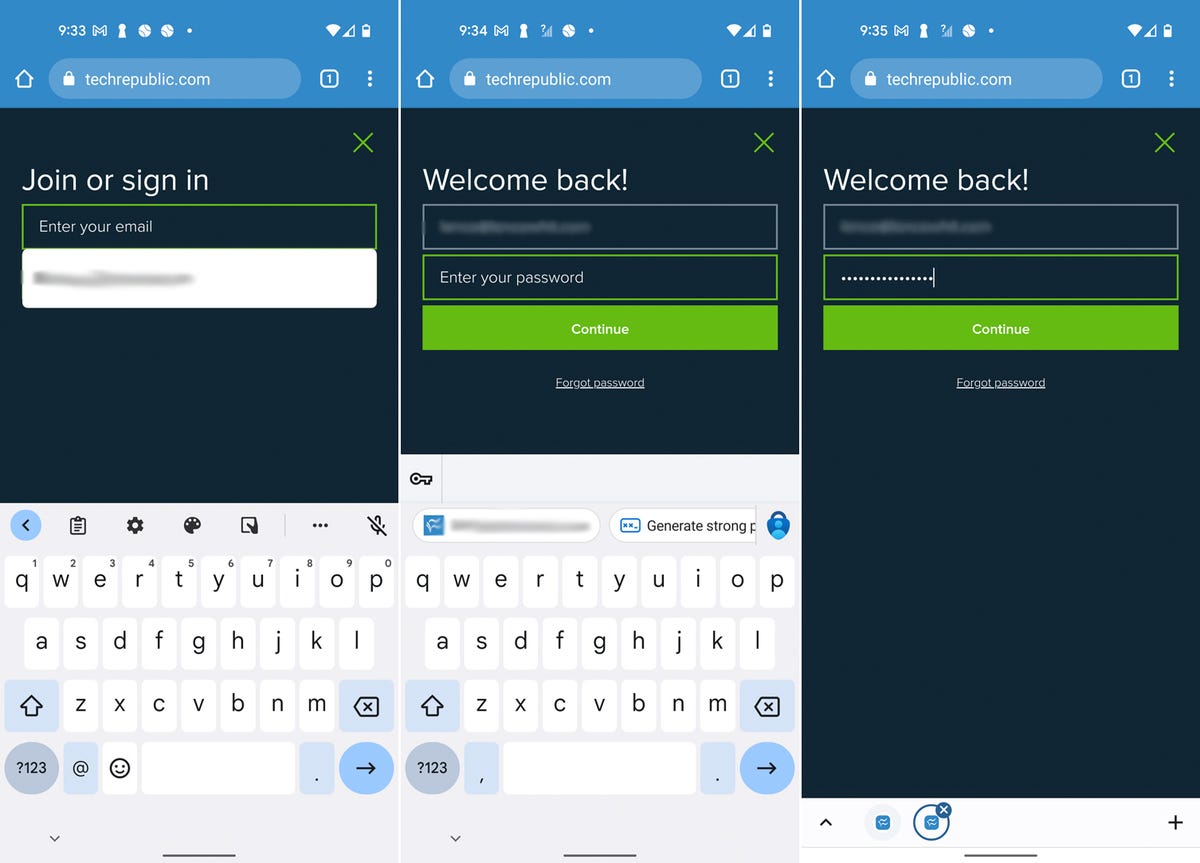
Use Edge and Chrome on desktop
Finally, you can use Microsoft Authenticator’s autofill feature in the desktop versions of Microsoft Edge and Google Chrome through an extension. In Chrome or Edge, go to the Chrome web store link for Microsoft AutoFill and add the extension to the browser. Navigate to a site for which the account is registered in Authenticator. Click on the username field, and your account name should appear below. Click on the name, and Authenticator will connect you to the site (Picture 10).
Picture 10
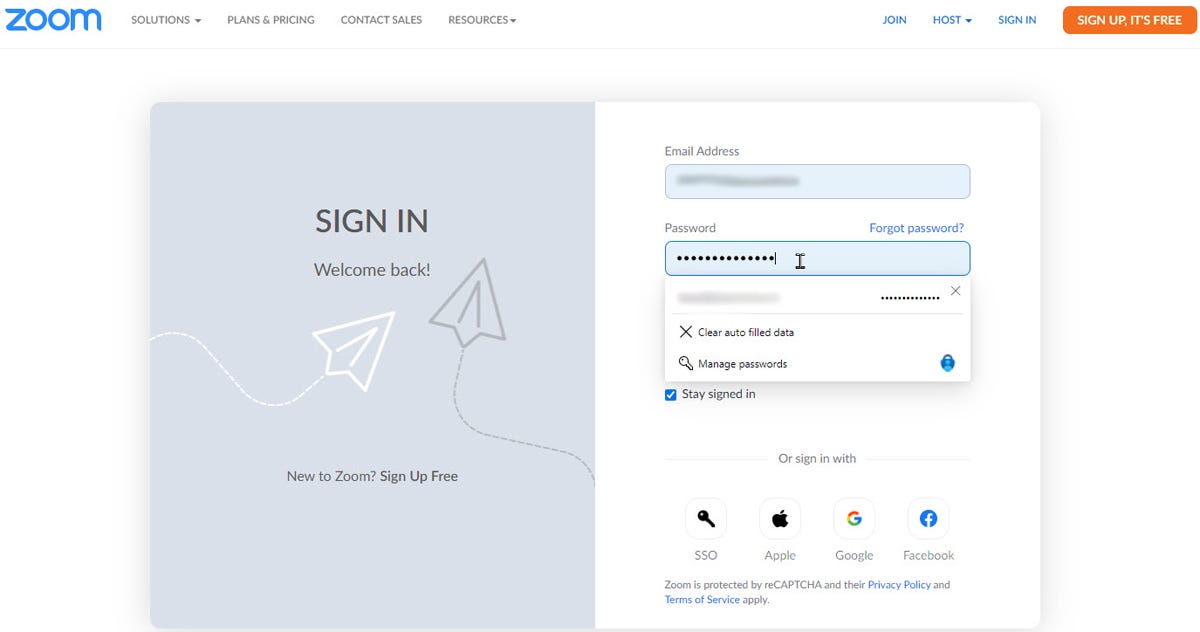
Source: ZDNet.com
